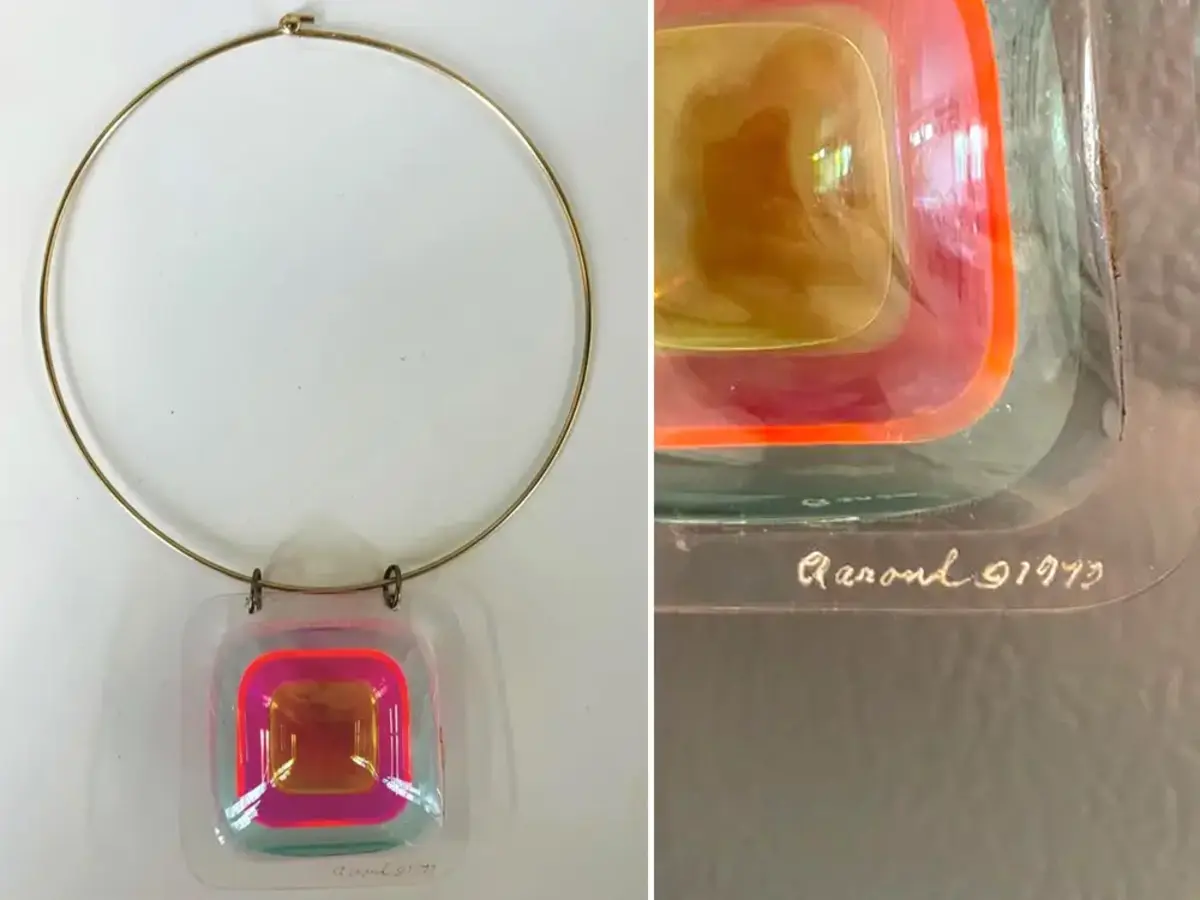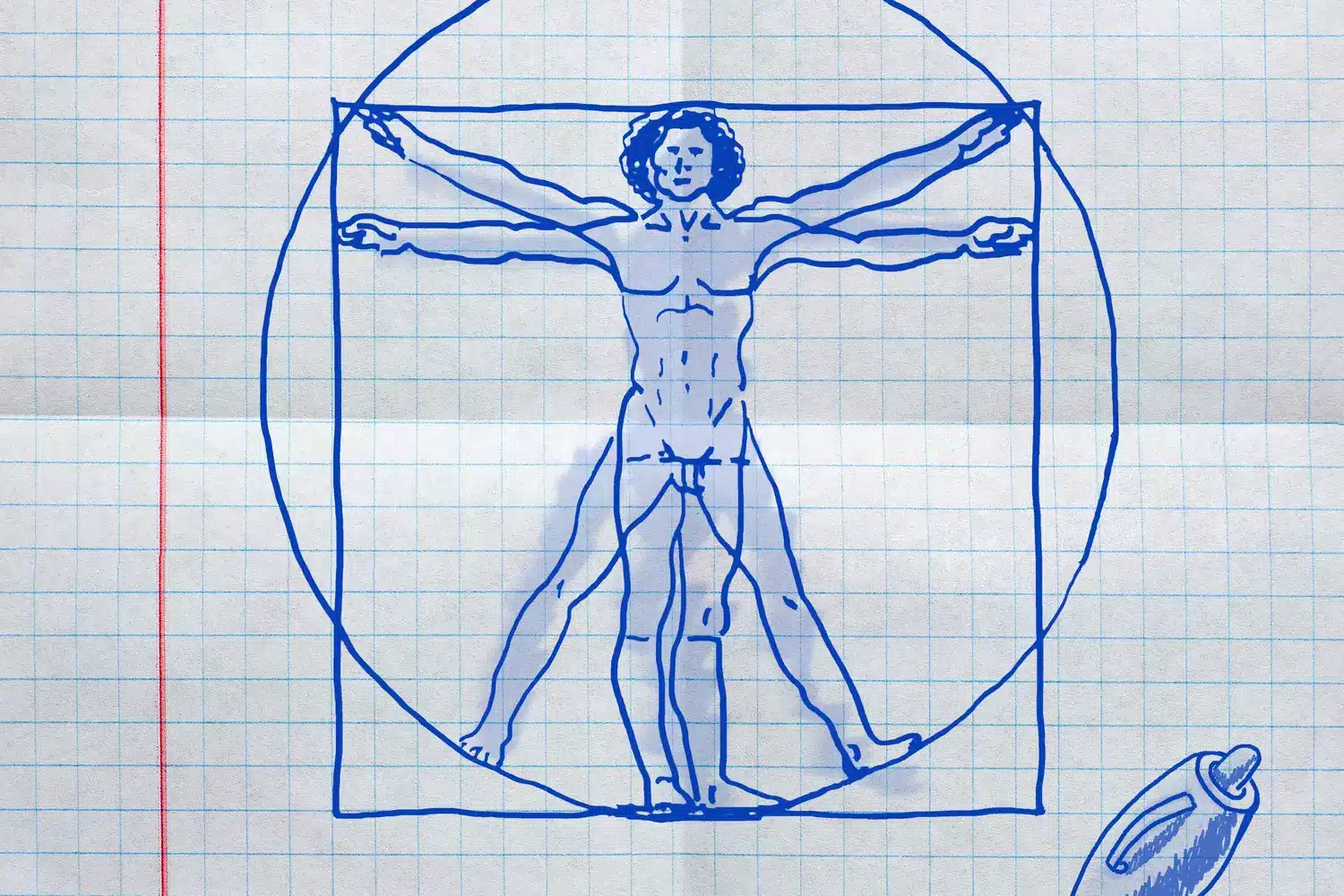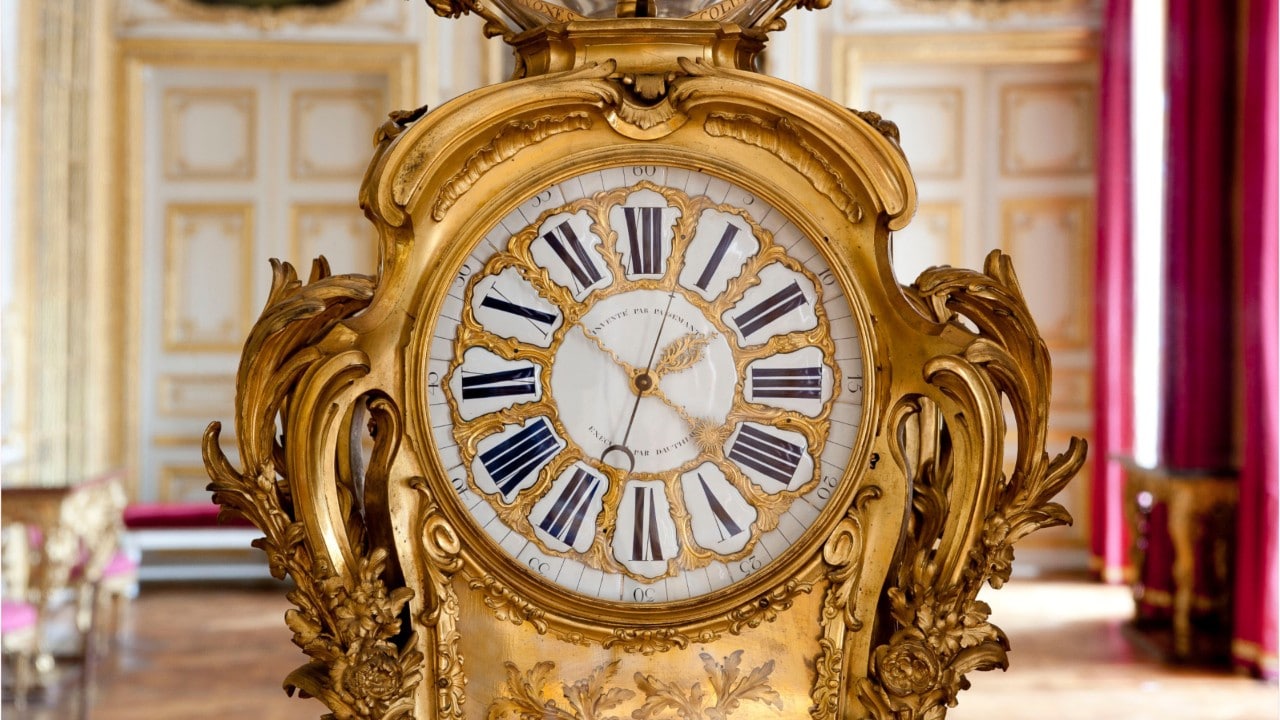Sometimes, an ordinary day can transform into an extraordinary story. This is exactly what unfolded for Jess Smith, a 23-year-old artist in Pittsburgh. During a routine thrift store visit, she stumbled upon a unique necklace that would forever change her perspective on vintage jewelry. What began as a spontaneous $1.99 purchase quickly turned into a headline-worthy tale of found treasure, unexpected value, and the hidden worth waiting on secondhand shelves.
The start of an everyday thrifting adventure
Jess did not embark on her shopping trip expecting an art discovery or anything more than a simple accessory. Like many fans of pre-loved fashion, she enjoys the thrill of searching through worn jewelry and forgotten costume pieces. The excitement lies in the unpredictability—never knowing when something rare might surface among last season’s trinkets.
On this particular outing, a transparent pendant hanging from a delicate chain immediately caught her attention. Despite its understated look, the craftsmanship stood out. Its modern lines and intriguing clarity suggested it was unlike typical secondhand finds. And at just a low purchase price of $1.99, adding another piece to her collection seemed like an easy decision.
Unveiling the necklace’s origins: curiosity leads the way
Back at home, Jess’s curiosity took over. Using Google Lens and image recognition tools, she set out to learn more about her unusual find. Almost instantly, the patterns and shapes within the pendant reminded her of those seen in online archives dedicated to Aaronel deRoy Gruber, a celebrated local designer/artist renowned for his plexiglass sculptures.
Gruber had left a significant mark on Pittsburgh’s modern art scene, combining artistry and innovation in every unique necklace and sculpture created. As Jess compared images, her excitement grew—could her new acquisition truly be an authentic work by such a well-known talent?
Using technology to authenticate a vintage discovery
Technology played a crucial role in this moment. Instead of relying solely on instinct, Jess leveraged image recognition to draw connections that would have been difficult just years ago. Now, stories of art discovery and high appraisal often begin with a smartphone, opening up global collections to anyone curious enough to search.
By closely matching details like clean lines and clear acrylic with known examples of Gruber’s craft, Jess felt confident her thrifted necklace could be something special. Yet digital evidence alone could only go so far. To confirm the hidden worth of her discovery, expert validation became essential.
Seeking expert opinions: reaching out for answers
Determined to get real answers, Jess reached out to the Irving and Aaronel deRoy Gruber Foundation via Instagram. Brittany Reilly, the foundation’s director, responded almost immediately, recognizing the pendant as a genuine Gruber creation. This professional confirmation transformed suspicion into certainty—and elevated the necklace from ordinary vintage jewelry to a true luxury item.
With an estimated value between $2,800 and $3,200, Jess’s modest investment had suddenly become a remarkable example of high appraisal. Her blend of intuition and technological resourcefulness paid off, turning a casual buy into a life-changing moment.
The significance of hidden worth in everyday objects
This story perfectly illustrates how hidden worth can reside in the most overlooked items. The dramatic leap from a low purchase price to a high-value masterpiece offers encouragement for collectors and enthusiasts everywhere. Sometimes, unexpected value emerges where least anticipated, especially for those willing to investigate a spark of curiosity.
Thrift stores, flea markets, and consignment counters are full of potential surprises for anyone with patience, keen observation, and some basic knowledge of materials or maker signatures. Often, the real narrative only begins after checkout, changing everything one thought about a seemingly simple object.
The lure of vintage jewelry hunting
For many, browsing glass cases filled with vintage jewelry is less about acquiring goods and more about chasing the rush of uncovering an art discovery. Each ring, brooch, or necklace hints at different eras—through metals, hallmarks, or creative designs echoing past trends. Some pieces flirt with authenticity, blending fine craftsmanship with mass-produced styles.
The greatest satisfaction comes with identifying a genuine original. When a previously overlooked design turns out to be the work of a sought-after artist, it brings personal pride and even bragging rights. Such discoveries can turn an ordinary shopper into the owner of a luxury item rich in historical value.
Contrasts between market price and artistic heritage
In the world of art and collectibles, market value tells only part of the story. While Jess’s necklace earned a high appraisal due to the legacy of a regional designer/artist, its real significance lies in its connection to local culture and history.
Certain vintage finds prompt reflection on changing tastes across generations and the balance between function and beauty. An old pendant may seem utilitarian until research reveals its creator’s influence. Suddenly, a simple necklace gains meaning that goes far beyond monetary worth.
Deciding what comes next: showcasing a masterpiece
Once Jess understood the magnitude of her discovery, she faced several choices. She could sell quickly for profit, keep it as a personal treasure, or do something that honored both the artist and the wider community. Ultimately, she chose to lend the piece to a public gallery for a year, allowing others to appreciate its story and artistry—all thanks to chance, curiosity, and timely research.
This generous decision added another layer to her found treasure. Sometimes, personal luck transforms into community enrichment. By sharing a rare example of Gruber’s skill, Jess invites visitors to appreciate both the necklace and the serendipity that revealed its hidden worth.
Showcasing art in public spaces
Displaying works of art in galleries allows stories like Jess’s to reach broader audiences. Visitors see not only a beautiful necklace but also the journey of an ordinary person stumbling upon a luxury item in an unlikely place. In this context, the necklace acquires cultural importance and attracts fresh admirers who might never have encountered such creativity otherwise.
Galleries act as bridges between individual experiences and collective memory. Each display opens dialogue about taste, fashion, and the enduring potential of undervalued artifacts. Jess’s loan supports these conversations, inspiring others to imagine their own moments of art discovery.
Encouraging future treasure hunters
Every time a story like this circulates, it motivates others to search for overlooked gems. The dream of discovering a work of art for the price of a coffee keeps many thrift shoppers inspired. With careful observation, technology, and curiosity, anyone can join the hunt for hidden worth.
While most thrift shop visits will end without fanfare, tales of success light the path for hopeful bargain-hunters everywhere. The lesson remains: never underestimate the found treasure nestled in everyday places—or the journey it sparks after discovery.
- Never dismiss the possibility of finding unique necklaces or art-inspired decor in unlikely settings.
- Use technology to investigate the origin of impressive or unfamiliar items.
- Reach out to foundations or art historians for verification and guidance.
- Consider sharing important discoveries with the wider community instead of keeping them hidden away.
- Allow room for accidental art discovery every time a secondhand shop is visited.








